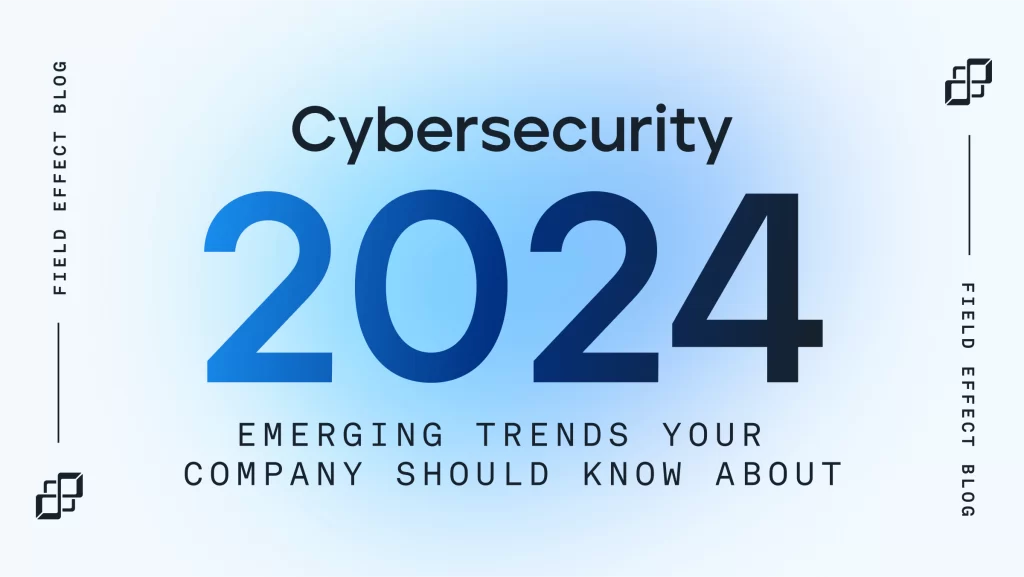Discover Major Data Breach News of 2024
What Happened in the Major Data Breach of 2024?
In 2024, several significant data breaches shook the world. One of the most alarming incidents occurred when hackers breached a global tech giant’s network. This company, known for its vast online services and data storage, found itself at the center of a massive security failure. Personal information of millions of users, including names, addresses, and financial details, was stolen. The breach also involved the theft of corporate secrets and proprietary software.
The hackers used advanced techniques to infiltrate the company’s systems. They exploited vulnerabilities in the company’s software and used phishing attacks to gain access to sensitive information. Once inside, the hackers moved laterally across the network, avoiding detection while gathering data. The breach went undetected for several months, allowing the attackers to siphon off a large amount of data before the company realized what had happened.
When the breach was finally discovered, it caused panic among users and stakeholders. The company immediately took steps to secure its systems and notify affected individuals. However, the damage was already done, and the breach highlighted the urgent need for improved cybersecurity measures across the industry.
How Did the Major Data Breach Impact Businesses?
The data breach of 2024 had a significant impact on businesses worldwide. Companies were forced to reevaluate their security practices and invest heavily in cybersecurity. Many businesses, especially those in the tech sector, faced increased scrutiny from regulators and customers.
The breach led to a surge in demand for cybersecurity services and solutions. Businesses rushed to upgrade their security infrastructure, implement stronger encryption methods, and train their staff on recognizing phishing attempts. The financial impact was substantial, with many companies facing lawsuits and compensation claims from affected individuals.
The breach also triggered a wave of industry-wide changes. Organizations began sharing information about threats and vulnerabilities more openly to prevent similar incidents. Industry groups and cybersecurity experts worked together to develop new standards and best practices for data protection.
For businesses, the breach was a wake-up call. It underscored the importance of having robust security protocols in place and maintaining vigilance against emerging threats. Companies learned that cybersecurity is not just an IT issue but a critical component of their overall strategy and risk management.
What Are the New Security Measures After the Breach?
In response to the 2024 data breach, many organizations implemented new security measures to protect their data and prevent future incidents. One major change was the adoption of advanced threat detection and response technologies. These tools use artificial intelligence and machine learning to identify and respond to suspicious activities in real time.
Companies also increased their focus on employee training. Staff members were educated about the latest phishing scams, social engineering tactics, and other common attack methods. Regular security awareness training became a standard practice in many organizations.
Encryption and multi-factor authentication (MFA) became more widely adopted. Encryption ensures that even if data is intercepted, it remains unreadable without the decryption key. MFA adds an extra layer of security by requiring users to provide additional verification, such as a code sent to their phone, in addition to their password.
Additionally, businesses began to implement stricter access controls. This approach limits who can access sensitive information and systems, reducing the risk of internal threats. Regular security audits and vulnerability assessments became routine to identify and address potential weaknesses before they could be exploited.
Overall, these measures reflect a growing recognition of the need for proactive and comprehensive cybersecurity strategies. By investing in these new technologies and practices, organizations aim to protect themselves and their customers from future breaches.
How Can Individuals Protect Themselves from Data Breaches?
Individuals can take several steps to protect themselves from data breaches and minimize their risk. One of the most effective measures is to use strong, unique passwords for different accounts. A strong password typically includes a mix of letters, numbers, and special characters. Additionally, using a password manager can help keep track of and securely store passwords.
Enabling multi-factor authentication (MFA) is another crucial step. MFA adds an extra layer of security by requiring additional verification beyond just a password. This could be a code sent to a phone or an authentication app.
Being cautious about sharing personal information is also important. Individuals should avoid disclosing sensitive details unless absolutely necessary and be wary of unsolicited requests for personal information. Scammers often use fake emails or messages to trick people into revealing their data.
Regularly monitoring financial accounts and credit reports can help detect any unauthorized activity early. If suspicious activity is noticed, it should be reported immediately to the relevant institutions.
Finally, staying informed about the latest cybersecurity threats and practices can help individuals stay one step ahead of potential attackers. By taking these precautions, individuals can reduce their risk of falling victim to data breaches and protect their personal information.
What Were the Lessons Learned from the 2024 Data Breach?
The major data breach of 2024 taught valuable lessons about cybersecurity and data protection. One of the key lessons was the importance of having a proactive security strategy. Many organizations learned that relying solely on reactive measures was insufficient. Instead, they needed to anticipate potential threats and implement preventative measures to safeguard their systems.
Another important lesson was the need for continuous monitoring and improvement. The breach highlighted that even well-established security systems could have vulnerabilities. Regular updates and patching of software were crucial to addressing new threats. Companies realized that maintaining security was an ongoing process, not a one-time task.
Communication also emerged as a critical area for improvement. During the breach, many organizations faced criticism for their handling of the situation. Transparent and timely communication with stakeholders, including customers and regulators, was essential to manage the fallout and rebuild trust. Companies learned that having a clear incident response plan and communication strategy was vital for effectively addressing breaches and minimizing their impact.
Additionally, the breach underscored the significance of collaboration. Sharing information about threats and vulnerabilities within the industry can help organizations better prepare and respond to attacks. Industry groups and cybersecurity experts began to work more closely together to develop and share best practices for data protection.
Overall, the 2024 data breach served as a wake-up call for organizations and individuals alike, emphasizing the need for vigilance, preparation, and continuous improvement in cybersecurity practices.
What Are the Emerging Trends in Cybersecurity Post-Breach?

In the wake of the 2024 data breach, several emerging trends in cybersecurity have come to the forefront. One of these trends is the increasing use of artificial intelligence (AI) and machine learning (ML) in threat detection and response. These technologies enable security systems to analyze vast amounts of data quickly, identify patterns indicative of potential threats, and respond in real-time.
Another trend is the growing focus on zero-trust security models. Unlike traditional security approaches that assume everything inside the network is trustworthy, zero-trust models operate on the principle of never trusting anyone by default. This approach involves continuously verifying the identity and access level of users and devices, regardless of their location.
The use of blockchain technology for security is also gaining traction. Blockchain’s decentralized nature can enhance data integrity and security by providing an immutable ledger of transactions. This technology can be used to improve authentication processes, secure data transfers, and ensure the authenticity of digital assets.
Additionally, there is a heightened emphasis on privacy regulations and compliance. Following the breach, governments and regulatory bodies are implementing stricter data protection laws. Organizations must stay up-to-date with these regulations and ensure they are compliant to avoid legal repercussions and maintain consumer trust.
Finally, there is a growing recognition of the need for cybersecurity insurance. As cyber threats become more sophisticated, businesses are increasingly turning to insurance to mitigate the financial risks associated with data breaches. Cybersecurity insurance can help cover costs related to data recovery, legal fees, and reputational damage.
These emerging trends reflect the evolving landscape of cybersecurity and the need for organizations to adopt advanced technologies and practices to protect against future threats.
How Will Data Breach Laws and Regulations Evolve?
The major data breach of 2024 has prompted significant changes in data breach laws and regulations. Governments and regulatory bodies are responding to the increasing frequency and severity of data breaches by strengthening existing laws and introducing new ones.
One notable evolution is the expansion of data breach notification requirements. Regulations are becoming more stringent about how quickly organizations must notify affected individuals and regulators after a breach occurs. This increased transparency helps ensure that individuals are informed promptly and can take necessary actions to protect themselves.
Additionally, there is a growing emphasis on stricter penalties for non-compliance. Organizations that fail to implement adequate security measures or neglect to report breaches in a timely manner are facing higher fines and legal consequences. This trend is intended to encourage companies to prioritize data protection and invest in robust security measures.
Privacy laws are also evolving to offer greater protection for individuals’ personal information. For example, regulations like the General Data Protection Regulation (GDPR) in Europe and similar laws in other regions are setting higher standards for data protection and giving individuals more control over their personal data.
Moreover, there is a push for more international cooperation in cybersecurity. As data breaches often involve cross-border elements, there is a growing need for countries to work together to address global cyber threats. International agreements and collaborations aim to harmonize data protection standards and facilitate the sharing of information about cyber threats and vulnerabilities.
Overall, the evolution of data breach laws and regulations reflects a broader effort to enhance data protection, hold organizations accountable, and better safeguard individuals’ personal information in an increasingly digital world.



